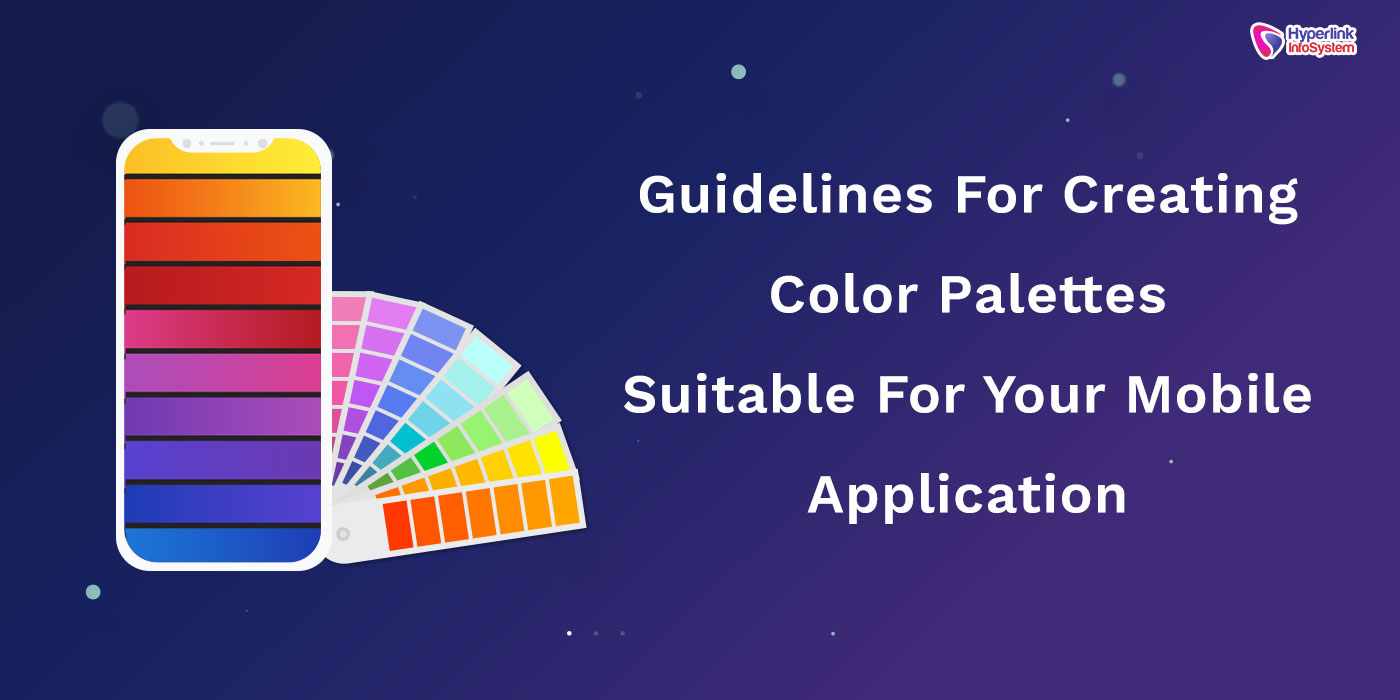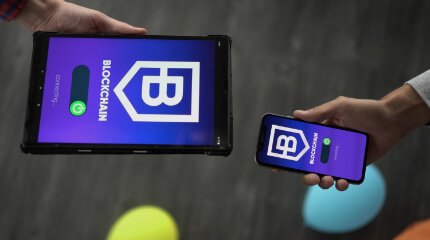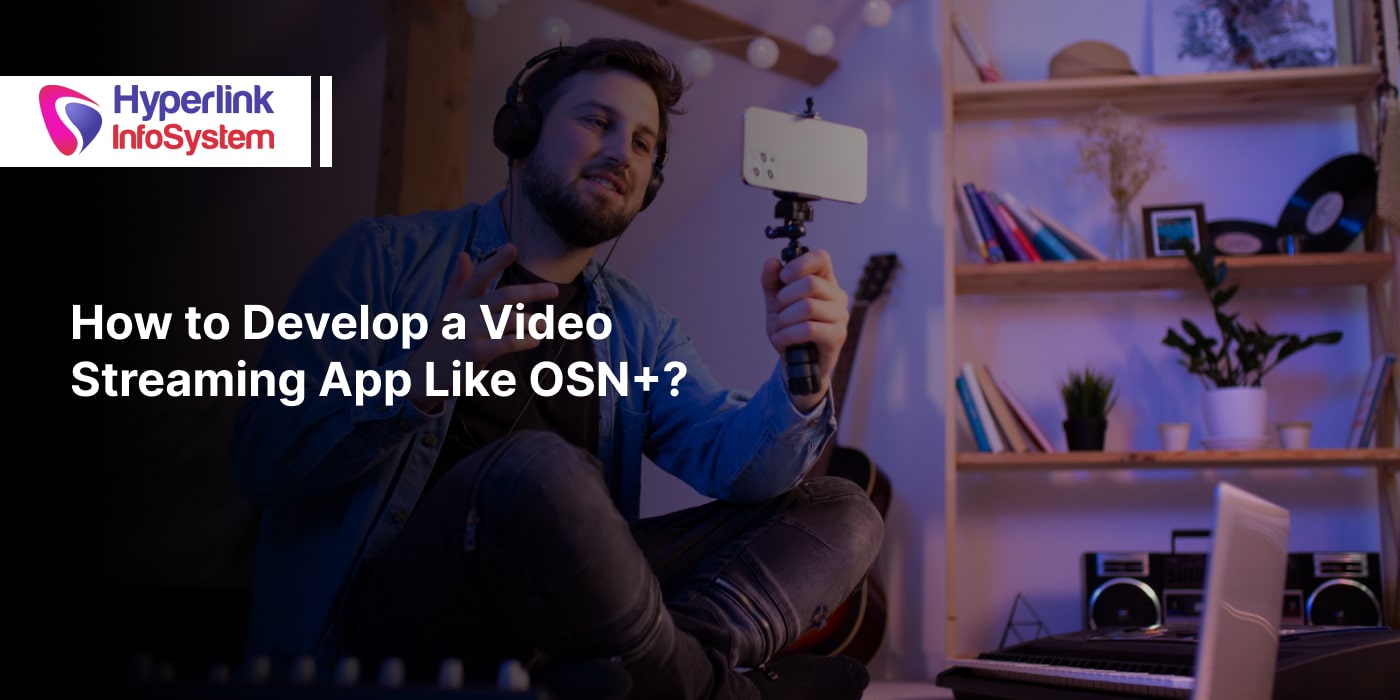�
Designing an interface requires certain theoretical knowledge and much experimentation. Although the interface is intended to have a certain aesthetic value, other important characteristics must not be overlooked. After all, this interface must be suitable for use by users, so that certain decisions do not follow an artistic line, but rather logic.
Among the many components that make up an interface is the color. Color is a powerful tool if it is used with care. Color palette can also ruin the design of an app if it is badly used. In this article, we give you some
guidelines to create color palettes that are suitable for the interface of your mobile app.
Choose a combination of colors with high contrast
The contrast between a background and a form or content is of great importance when selecting color palettes for any design. The need to generate a greater contrast between colors becomes more evident in interface design. If both the background and the text are of similar tones, you can greatly affect the readability of your texts. Although, monochrome can have a high aesthetic value, applying it as a combination of colors in your application could be harmful and profoundly affect the readability of certain elements in the interface of your web application.
If you are determined to use a monochromatic color palette in your project because they are representative colors of the brand or because you want to test yourself, then try to use black or white for the texts, buttons and other elements with which the user can interact. Even so, you may have some difficulty finding the indicated tones that generate some contrast.
Use color to create a sense of depth
Although Flat Design, minimalism and Material Design are tendencies that have been popularized over the years and "skeuomorphism" has been left aside as many of its principles are opposed to those of these new trends. However, although these new trends have points in common and advocate simplicity in favor of users, light, and shadow are still used in current interfaces that have some of these styles.
In an interface, since many users can interact with some components like buttons, they must be thought of as 3D elements, since they are perceived by users in this way. Having this in mind will help you to think of your interface as a series of 3D elements, some are closer to the user than others and usually, these elements are those with which the user can interact.
It is in this way that the color shows great relevance in an interface because it allows highlighting certain elements. Even if the style of your interface follows the minimalist principles, you can use the dark colors of your palette for the elements that have less importance or are more "far away" in the composition. Ensure you meet with app development firm to
hire dedicated developers when creating an Android app.
Do not forget to apply the psychology of color
The psychology of color is a subject that you must bear in mind when creating and using a combination of colors in any design. It is a proven fact that colors awaken certain emotions and sensations in people. So learning a little about color theory could, in fact, be beneficial for you as a designer, not only when creating an interface for mobile applications, but in any design project, you decide to carry out in the future.
The psychology of color is also affected by the cultural environment in which you want to present a design. Depending on the country, certain colors may have other meanings, so you should definitely consider the nationality of your target audience when selecting colors for a mobile interface.
Study the psychology of color, consider the personality of the brand and your target audience when you are making decisions related to the color combination of your mobile app.
Use colors as visual guides for your users
The colors also serve to identify certain elements in an interface. While the user becomes familiar with the design, you can relate certain elements with specific colors according to the combination of colors used in the interface. A classic example is when the same color is always used for all buttons in the interface. In this way, the user associates the color with elements with which he can interact.
It can also be the case that multiple colors are used and the great variety of tones is used to differentiate the screens of the application and even divide them into sections. In this way, the configuration screens can have a characteristic color and you can better organize the information and the space with which you account.
All these techniques help to create a coherent interface with which the user can quickly become familiar and this is how colors serve as a kind of guide for your users.
In conclusion
The color, whether it is a web design or mobile application, is always relevant and has many uses: it transmits emotions to the user, helps the easy identification of the brand, allows readability of the elements, offers visual clues, among others.
Creating color palettes is not a simple task, but with knowledge about color theory, color psychology and lots of experimentation, you can achieve incredible color combinations. Of course, the guidelines that we have indicated you can also be helpful when you are selecting colors for the interface of your mobile application.

























